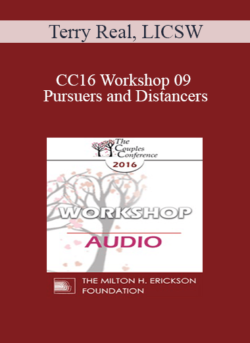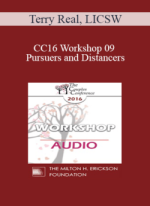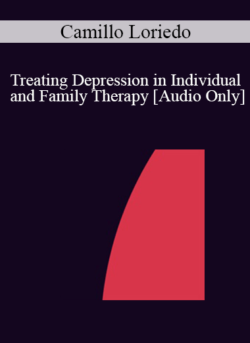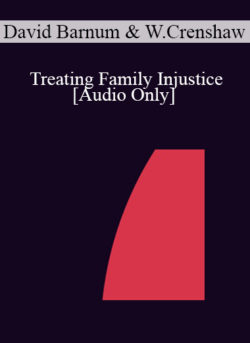[Instant Download] – Immediately deliver the download link after receiving the paymentPurchase [Audio] CC16 Workshop 09 – Pursuers and Distancers: Attachment Theory and Beyond – Terry Real, LICSW courses at here with PRICE $15 $5Topic Areas:Couples Therapy | Attachment | WorkshopCategory:Couples Conference | Couples Conference 2016Faculty:Terry Real, LICSWDuration:01:57:43Format:Audio OnlyOriginal Program Date :May 15, 2016:Attachment theory posits, along with those healthy ones, the ‘securely attached,” two important types of troubled groups—those with “anxious,” and “avoidant,” attachment styles. Said in plain English, this amounts to pursuers and distancers. But the pursuer/distancer dynamic has been a central concern to couples and family therapy since it’s inception in the nineteen-fifties. This workshop will look at some of the many ways this dynamic has been thought of and treated—from recursive feedback loops, to “love addiction/love avoidance,” to attachment styles and beyond. Participants will learn how to factor in—along with the boundary issue of distance and closeness—the element of self-esteem, looking at the difference, for example, between a one-down, shame-based pursuer and a oneup, grandiose pursuer. Two distinct types of distancer will be described along with the particular kinds of trauma that produces them and the very different treatment they each require. The hopeful idea that getting the pursuer to back off will allow for the distancer spontaneously to come forward turns out to be mostly wishful thinking. Through lecture, exercises, and videotaped demonstration, participants will learn precise and effective strategies for helping the pursuer be more spacious and inviting, while helping the distancer open up and engage. Educational Objectives:Distinguish between Type 1 (abandonment-based) and Type 2 (enmeshmentbased) distancers. Describe specific techniques for helping the anxiously attached partner reappropriate his or her lost sense of abundance. Explain targeted techniques for helping both types of distancers open and engage. *Sessions may be edited for content and to preserve confidentiality*
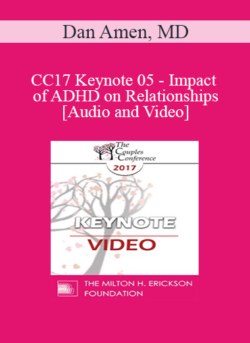 CC17 Keynote 05 – Impact of ADHD on Relationships – Dan Amen, MD
₹1,328.00
CC17 Keynote 05 – Impact of ADHD on Relationships – Dan Amen, MD
₹1,328.00
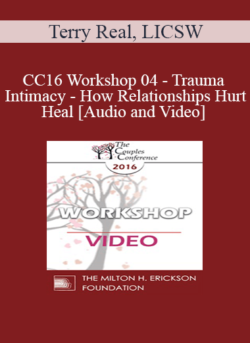 CC16 Workshop 04 – Trauma and Intimacy – How Relationships Hurt and Heal – Terry Real, LICSW
₹1,328.00
CC16 Workshop 04 – Trauma and Intimacy – How Relationships Hurt and Heal – Terry Real, LICSW
₹1,328.00
[Audio] CC16 Workshop 09 – Pursuers and Distancers: Attachment Theory and Beyond – Terry Real, LICSW
₹830.00

